

Human babies, kittens, puppies, etc., all look cute for survival’s sake. Science has shown that infantile features trigger nurturing responses in adults, regardless of culture or species. “Cuteness” is an evolutionary adaptation that helps ensure adults care for their children, securing the survival of the species.
Juvenile insects, on the other hand, can look wildly different from adults, and most of them are particularly ugly. They don’t need to be cute to survive, and have other qualities that ensure survival. But, before you light your garden on fire, it is important to be able to identify the juvenile stages of beneficial insects. If you can recognize the good ones, you know your garden pests are under control. So, how do we recognise the “good” ugly bugs if they look so much different than grown-up insects?
Most insects go through metamorphosis, although a small few do not. Insects that undergo full metamorphosis are called holometabolous insects and typically have four stages of life: egg, larva, pupa, adult. Some insects do not go through full metamorphosis and these are called hemimetabolous insects. Instead, they have three stages of life: the egg, the nymph, and the adult.
In holometabolous insects, the larval stage is the second stage of life and is their most active “feeding” stage. Their main goal is to consume as much food as they can in order to prepare for their next (pupal) and final (adult) stage of life. Larva and adults can have drastically different diets, live in different environments, and come in many different shapes and sizes. Some larva can walk around and look bug-like, some look and behave worm-like, some look like a mix between worms and bugs, and some can even be parasitic.
Hemimetabolous insects do not have larval or pupal stages and instead have a nymph stage. Nymphs often have thin exoskeletons and lack wings, reproductive organs, and other features of the adult form. The nymph’s main goal is basically the same as the larval stage of holometabolous insects: eat and grow into an adult.
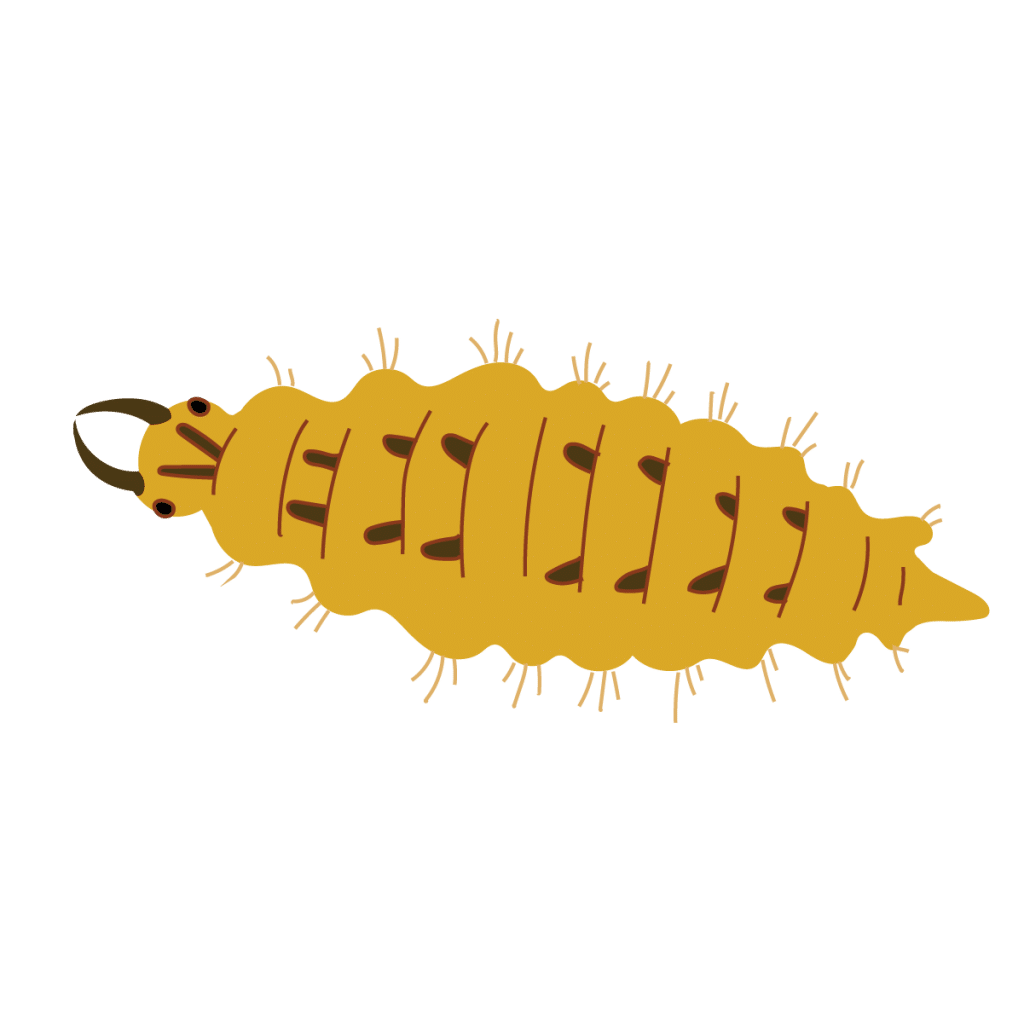
1. Green Lacewing Larva
As pretty as the green lacewing is, it’s pretty useless at killing garden pests in its adult stage. It is more of a pollinator than anything, feeding off pollen and flower nectar. But, the green lacewing’s larva stage is a totally different story. These creepy-looking larvae are actually the ones doing all the work. Their larvae are yellow or white with two brown stripes down their backs and are equipped with freakishly long mandibles. Green lacewings are a generalist predator known best for feeding on aphids, mites, and other soft-bodied insects such as caterpillars, leafhoppers, mealybugs, and whiteflies. If their larvae were any bigger though… Can we say nightmare fuel?
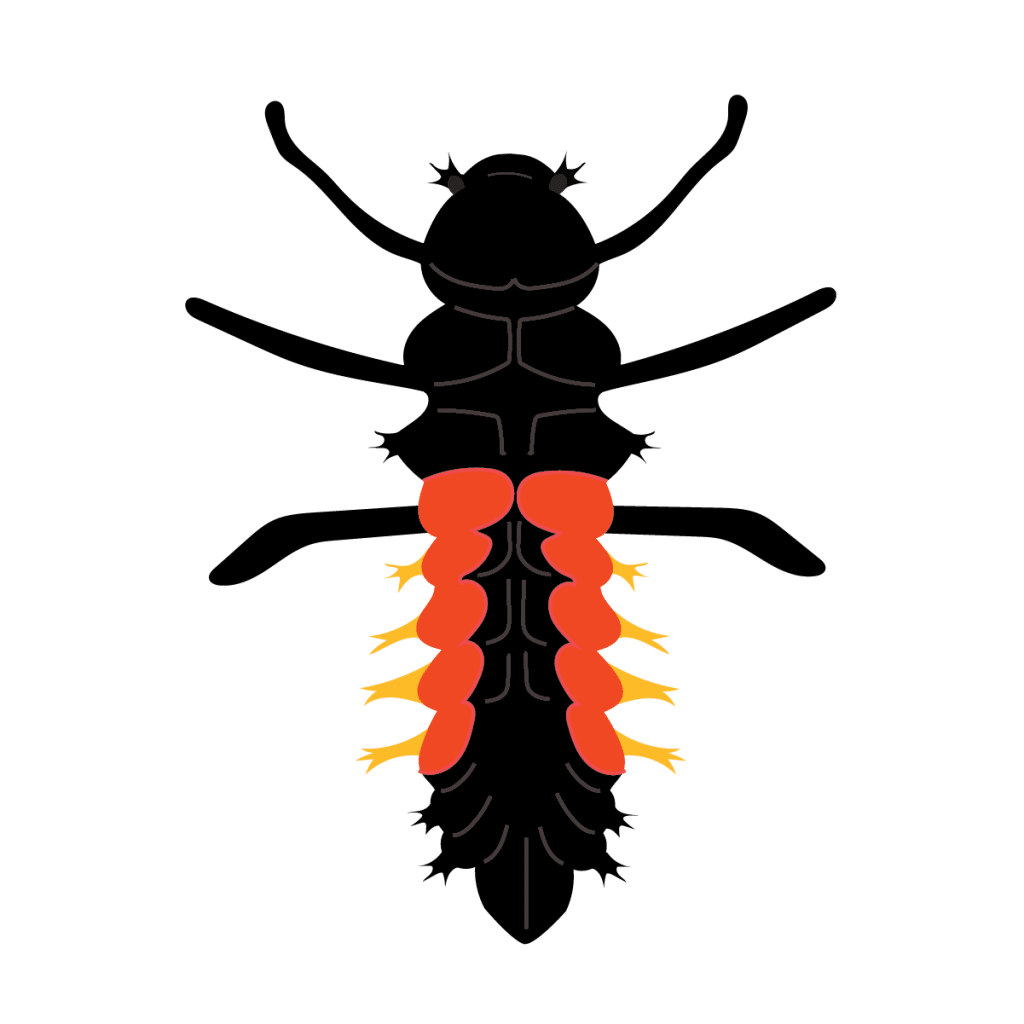
2. Ladybug Larva
That strange-looking black and orange bug is actually the juvenile stage of the well-loved ladybug. Ladybug larvae are around ½ inch long. They’re black with striking orange, red, or white markings and are covered in little spikes. Ladybug larvae do most of the work when it comes to keeping aphids at bay and spend a few weeks munching away at aphids, about 300 in three short weeks before they pupate. A ladybug can eat up to 5,000 aphids in their lifetime, but they also prey on soft scale whitefly pupa, thrips, spider mites, and occasionally like to munch on pollen. So, if you see these little guys in your garden, know your aphid problem is being dealt with.
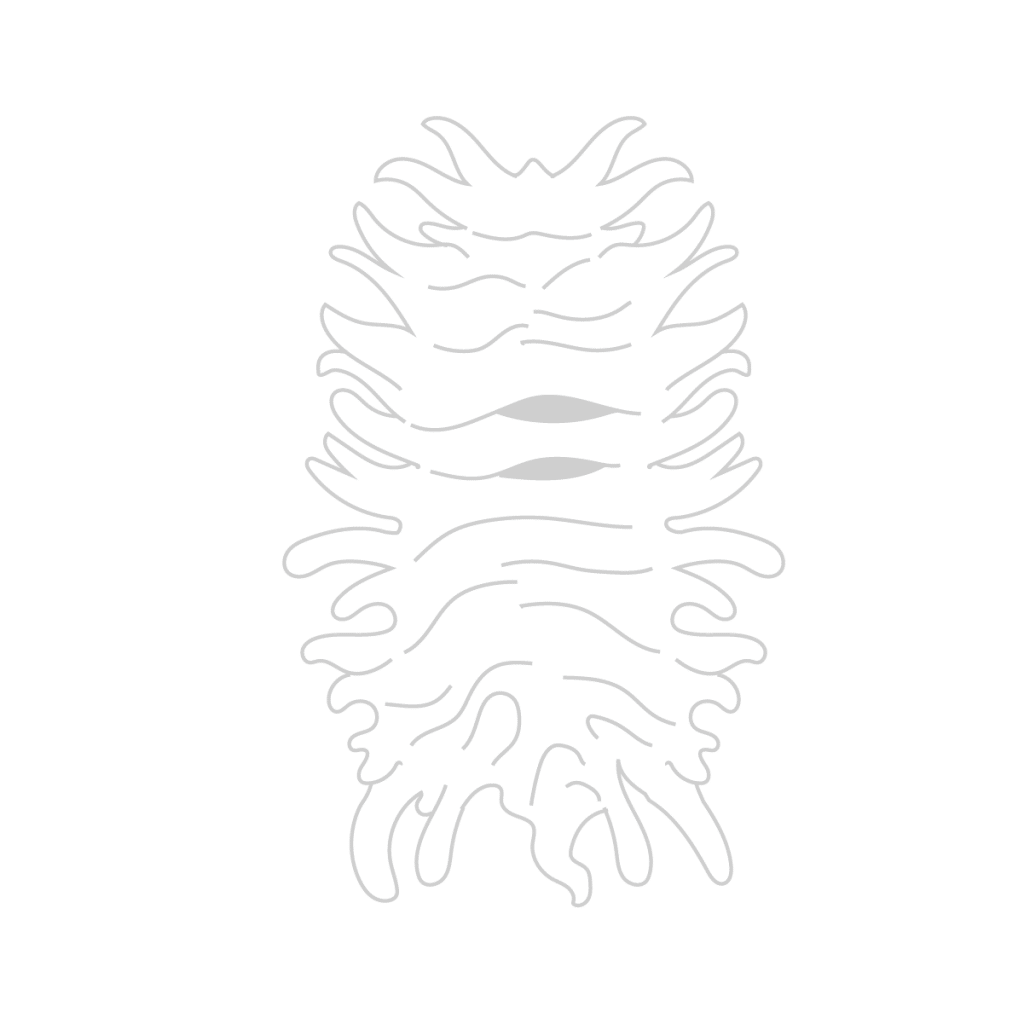
3. Mealybug Destroyer Larva
Mealybug destroyers are a species of ladybug that destroy mealybugs. Mealybug destroyer adults are quite tiny, only ⅛ of an inch long. Their larvae may look like an almost-microscopic walking feather duster, but there is a reason they look that way. Their fluffy appearance is meant to mimic the appearance of larval and adult stages of citrus mealybugs, which allows them to go unnoticed and hunt incognito. Mealybug destroyer mothers will lay their eggs in the egg sacs of mealybugs, and as soon as the baby mealybug destroyers hatch, they start snacking away and destroying all the mealybugs they can get their little mandibles around. One mealybug destroyer larva can destroy up to 250 mealybugs a day! Their name might sound a little over-the-top to you, but it is pretty straight-to-the-point for a mealybug. So, keep on destroying mealybugs, mealybug destroyers!
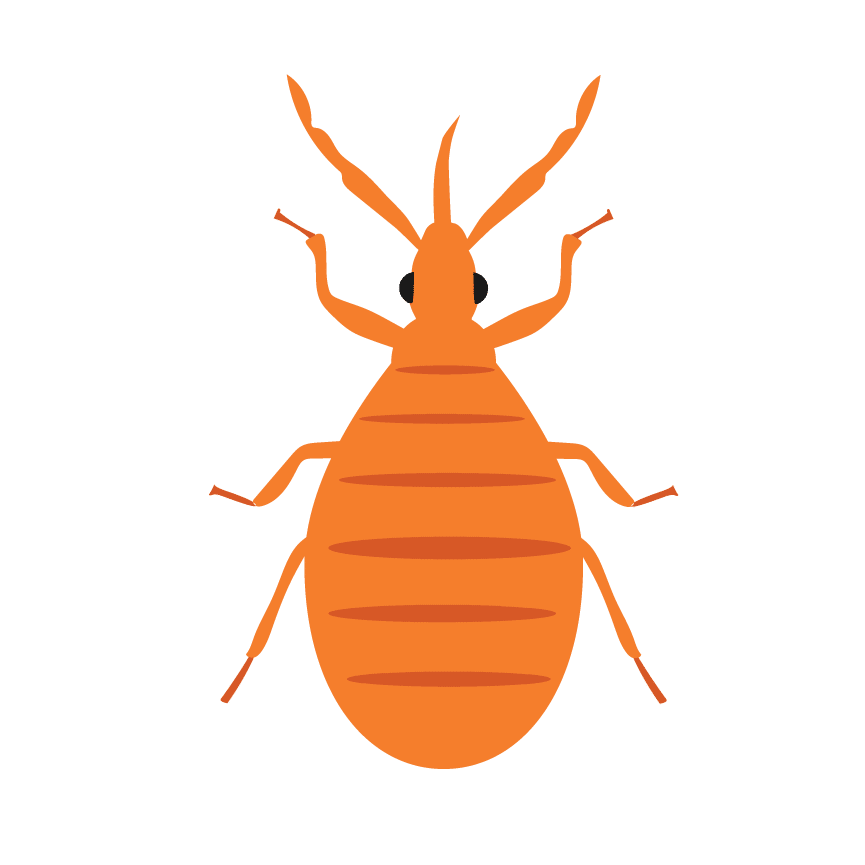
4. Minute Pirate Bug Nymph
Minute pirate bugs are “true” bugs, belonging to the order hemiptera. Minute pirate bugs are quite small, hence their name “minute”, and are less than one-fifth of an inch long. Nymphs are tear-drop shaped, orange, and also share the same diet as the adults, though they lack most of their characteristics. An adult minute pirate bug can consume up to 20 thrip larvae each day. Their diet includes aphids, spider mites, and thrips. But, don’t let the minute pirate bugs bite: they will bite humans, however irritation is only minimal and temporary. Keep these guys happy and they’ll keep your garden happy, and maybe you’ll be itchy for a day or two.
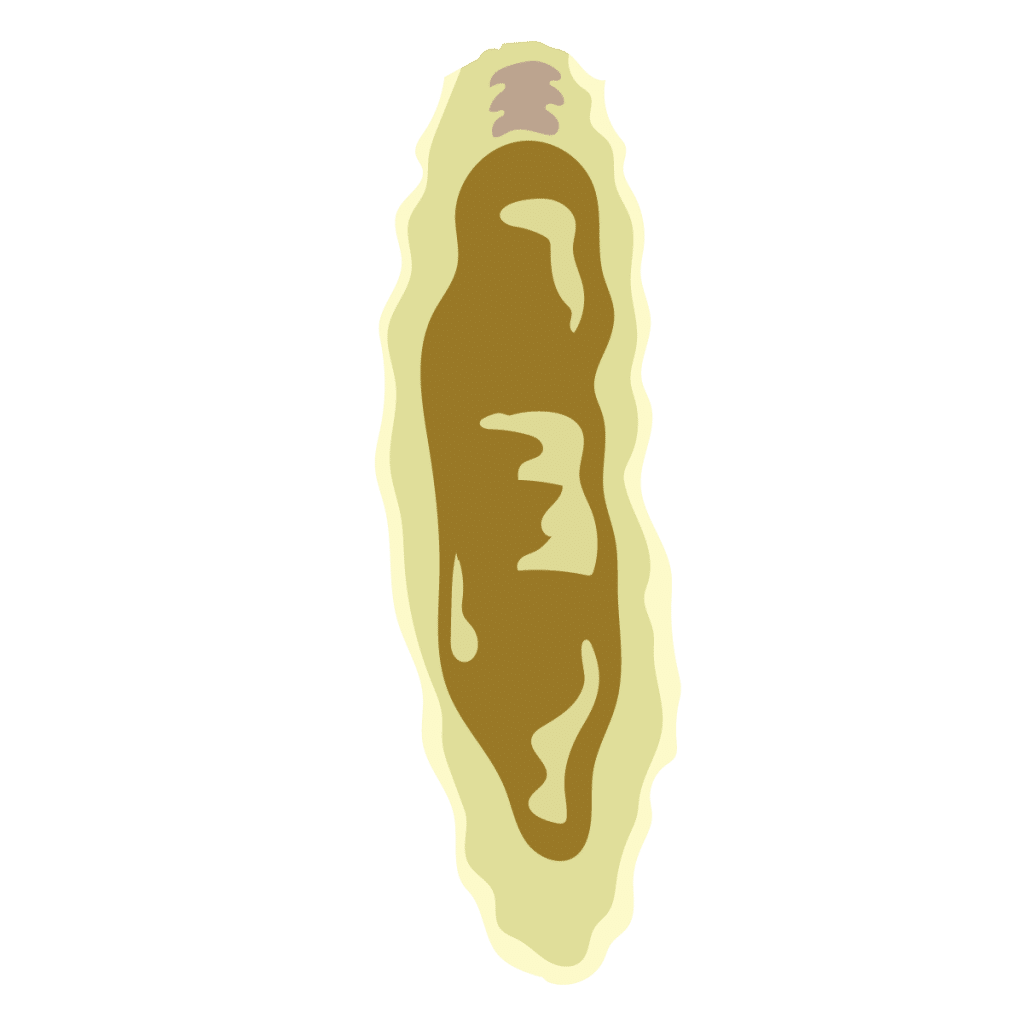
5. Hoverfly Larva
Hoverflies are great for your garden as babies and as adults. As adults, they look similar to bees: their bodies are covered in yellow and black stripes and have a similar role for your garden as bees do: drink flower nectar and pollinate your garden. But, as babies, they are greenish-grey slug-like tiny maggots who feed on garden pests. Larvae feed on caterpillars, cabbage worms, and many species of aphids. As ugly as their maggots are, their adult form is very pretty and entirely harmless, so don’t swat them away!
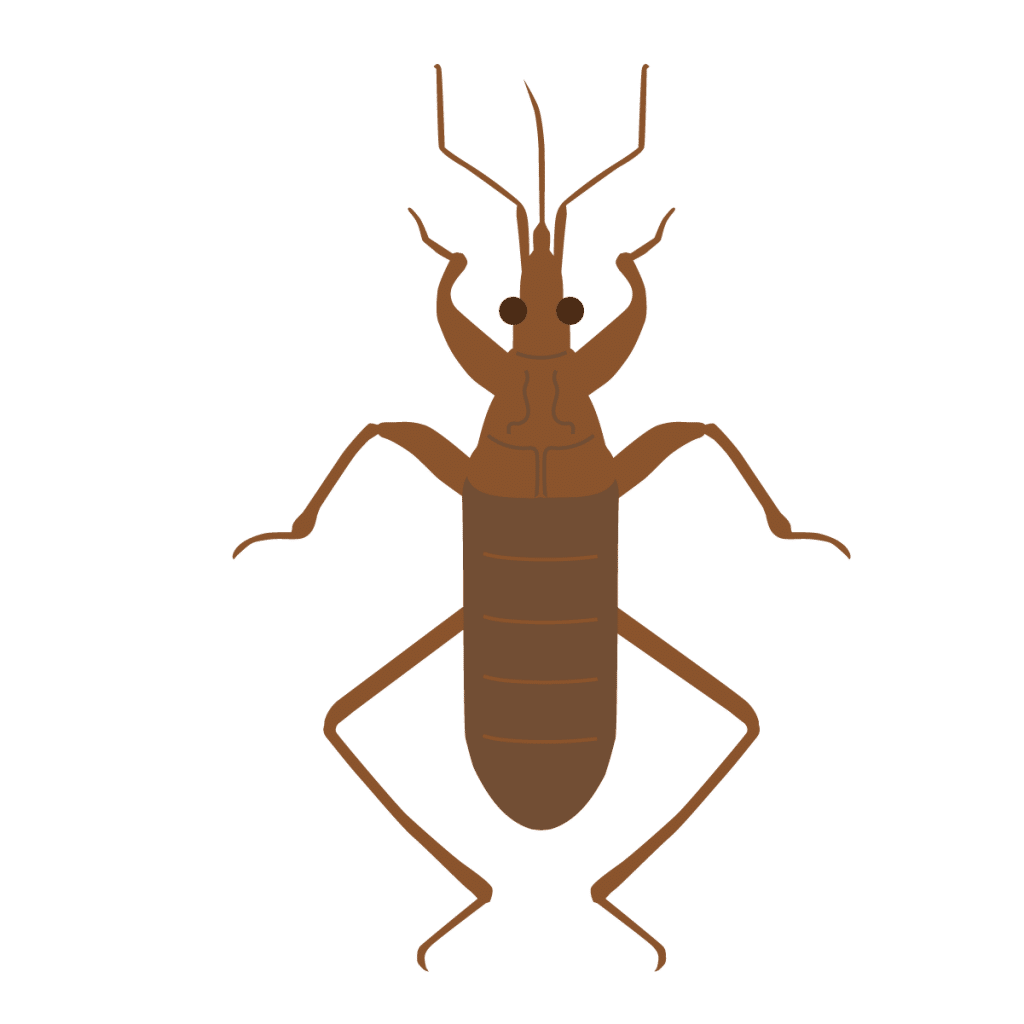
6. Damsel Bug Nymph
Damsel bugs are also “true” bugs, belonging to the order hemiptera. Damsel bug adults are roughly ⅜ – ½ inch long. They prey on aphids, leafhoppers, plant bugs, thrips, and small caterpillars. Female damsel bugs will lay eggs in plant tissue, and after 1 week, nymphs hatch and start eating immediately. Damsel bug nymphs are quite ugly, with long spindly legs that allow them to be quick and seek slower moving prey. For three to four weeks, nymphs will attack and eat prey, sometimes even larger than themselves, before they moult into adults.
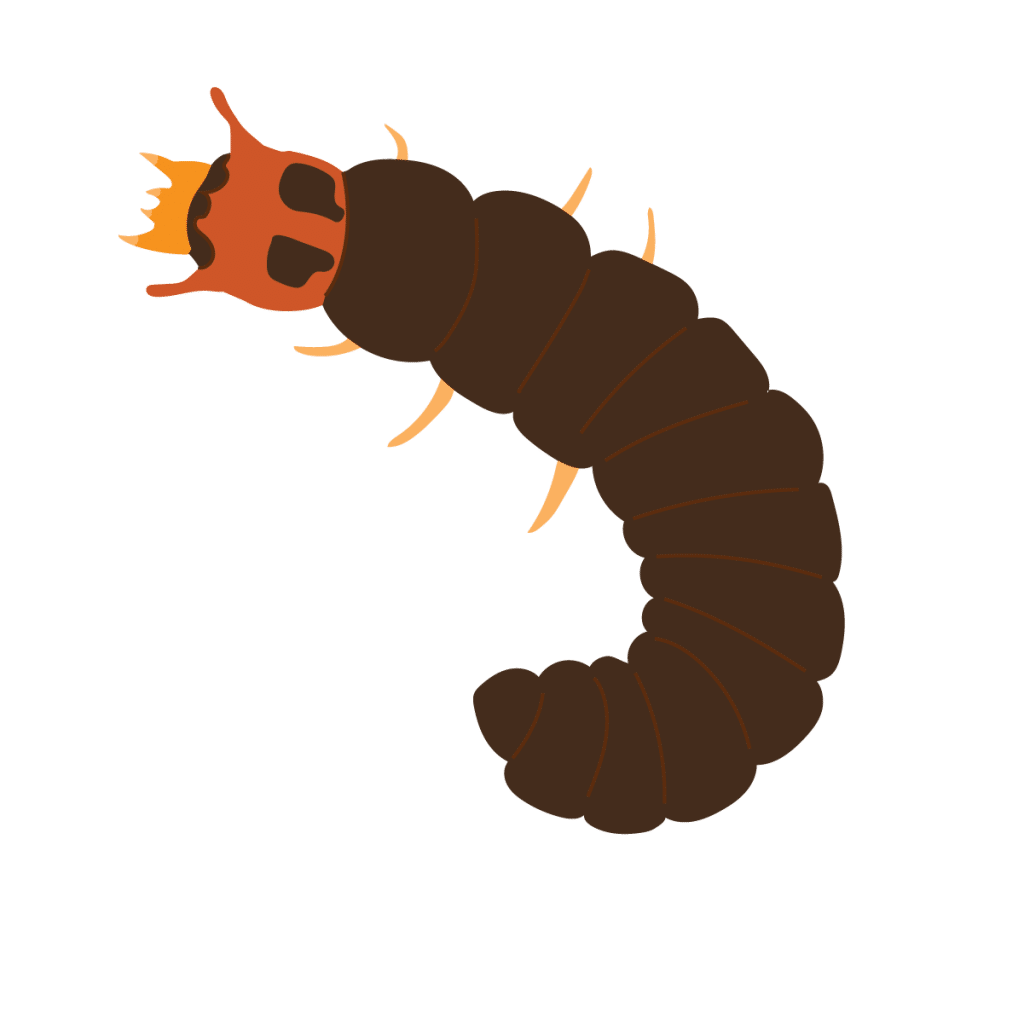
7. Soldier Beetle Larva
Soldier beetles are a close relative to fireflies, and only mate once in early summer. Eggs are laid in soil and larva emerge soon after. Soldier beetles remain as larva for up to one year and feed on the eggs and larvae of other insects. Soldier beetle larvae are a very important part of controlling grasshopper populations, as their larvae eat predominantly grasshopper eggs. Their larva also feed on the eggs and larvae of beetles, moths, and other insects. As adults, they are omnivores and feed on aphids, other soft-bodied insects, flower nectar, and pollen.

8. Aphid Midge Larva
Aphid midges are tiny delicate flies, measuring less than ⅛ inch long. They have long, slender legs and antennae that curl back behind their head. They look a bit like a tiny mosquito, but they’re harmless to you and would never bite a human. Their larva, though, are bright orange and consume soft-bodied insect pests. They consume about 60 different species of aphids, including ones that eat vegetable crops, ornamentals, and even fruit trees. Aphid midges can be more effective at managing aphid infestations than ladybugs and lacewings. Larvae first inject a poison into the aphids’ leg joints to paralyze them, and then consume them through a hole they bite in the aphid’s thorax as though they were a smoothie. The average larva will eat for three to seven days, consuming up to 65 aphids a day. After a week, they pupate underground, and in ten days they emerge as adults.
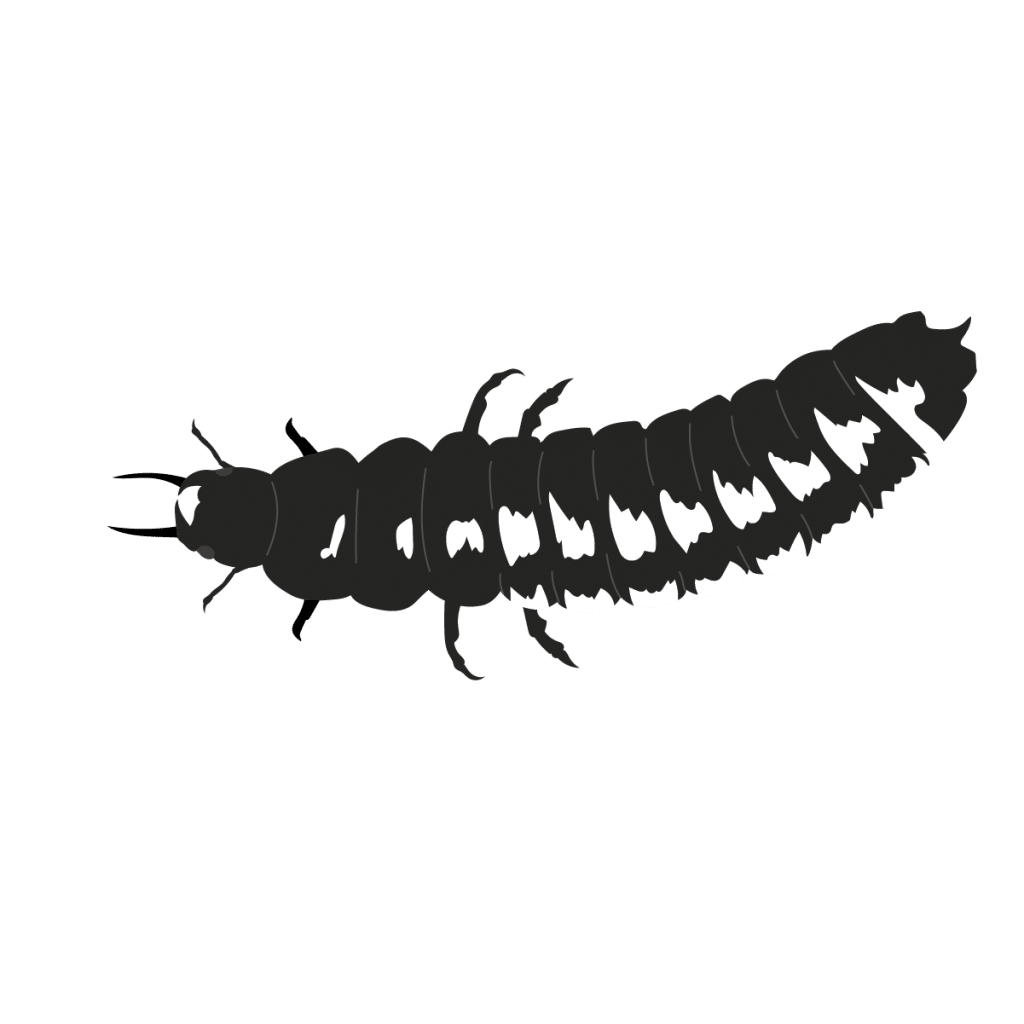
9. Ground Beetle Larva
Ground beetles are larger predators that feed on common pests such as ants, aphids, caterpillars, maggots, slugs, and worms. Some ground beetles eat as much as four times their own body weight in prey daily. Larvae and adults typically have the same diet and are used predominantly to control gypsy moth larvae and other types of caterpillars. However, do watch out for these guys around mid-summer and early fall, as they tend to flock indoors where they can end up being problematic in your home.
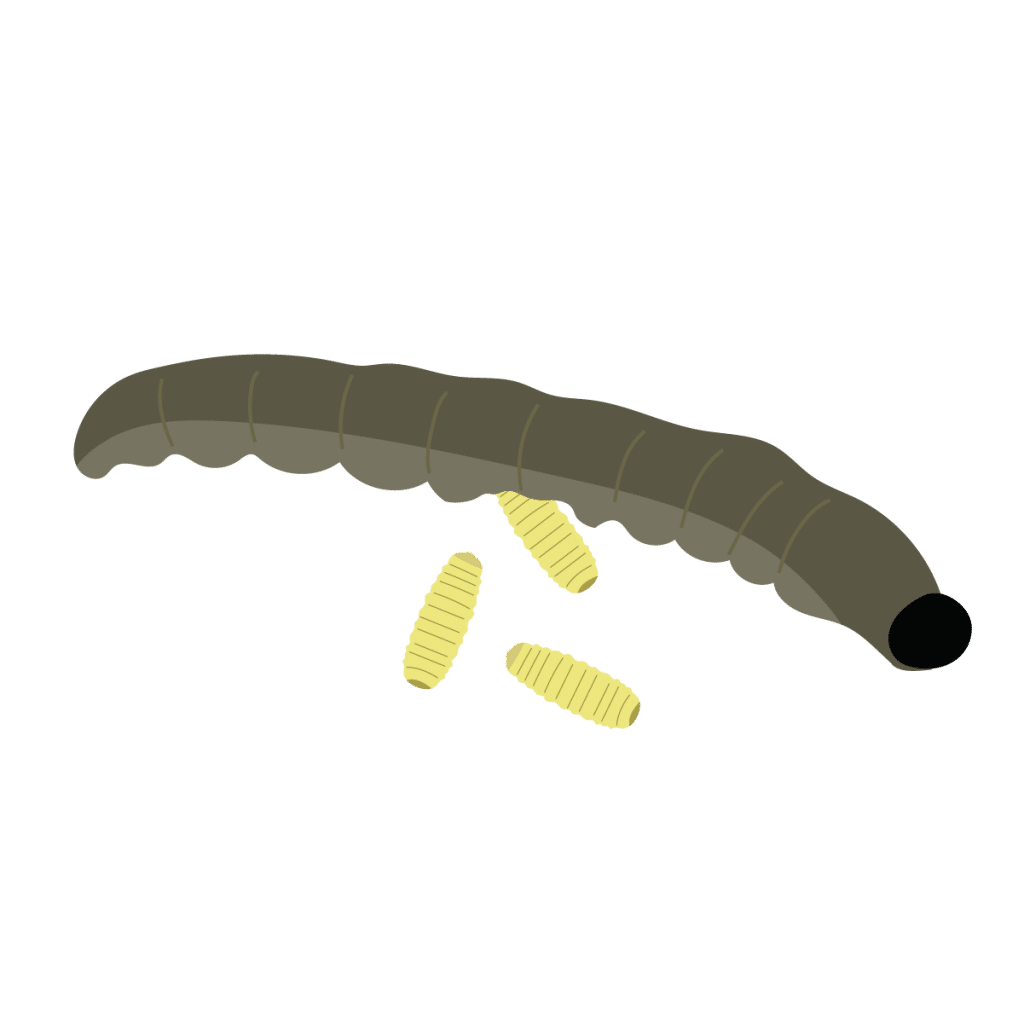
10. Tachinid Fly Larva
Tachinid fly adults look like small house flies covered in dark hairs. They measure anywhere from ⅓ inch to ¾ inch in length. As harmless as they are to humans, tachinid fly larvae are truly the things of your worst nightmares… if you were a caterpillar.
Tachinid flies are parasitic and adult females lay their eggs on the underside of leaves in hopes an unsuspecting insect will eat them. They also lay eggs on the bodies of host insects, and some species even deposit live larvae into the host’s body. If you’re not already completely mortified, their maggots will begin to consume their hosts by eating non-essential tissue first. This is to ensure the host will grow and feed normally, prolonging its suffering, which is exactly what the maggots want. When the non-essential material is fully consumed, the larvae will eat the host’s vital organs. The larvae will then pupate inside or outside the prey’s body and then pop out as adult tachinid flies. And thus, the life cycle repeats.
Now, with that horrifying imagery in your mind, tachinid fly larvae help you get rid of caterpillars of many kinds including cabbage worms, potato beetles, corn ear worms, cucumber beetles, cutworms, earwigs, four lined plant bugs, japanese beetles, mexican bean beetles, sawfly larvae, squash bugs, and tobacco budworms. Just… yeah… Try not to think about it. Nature, right?
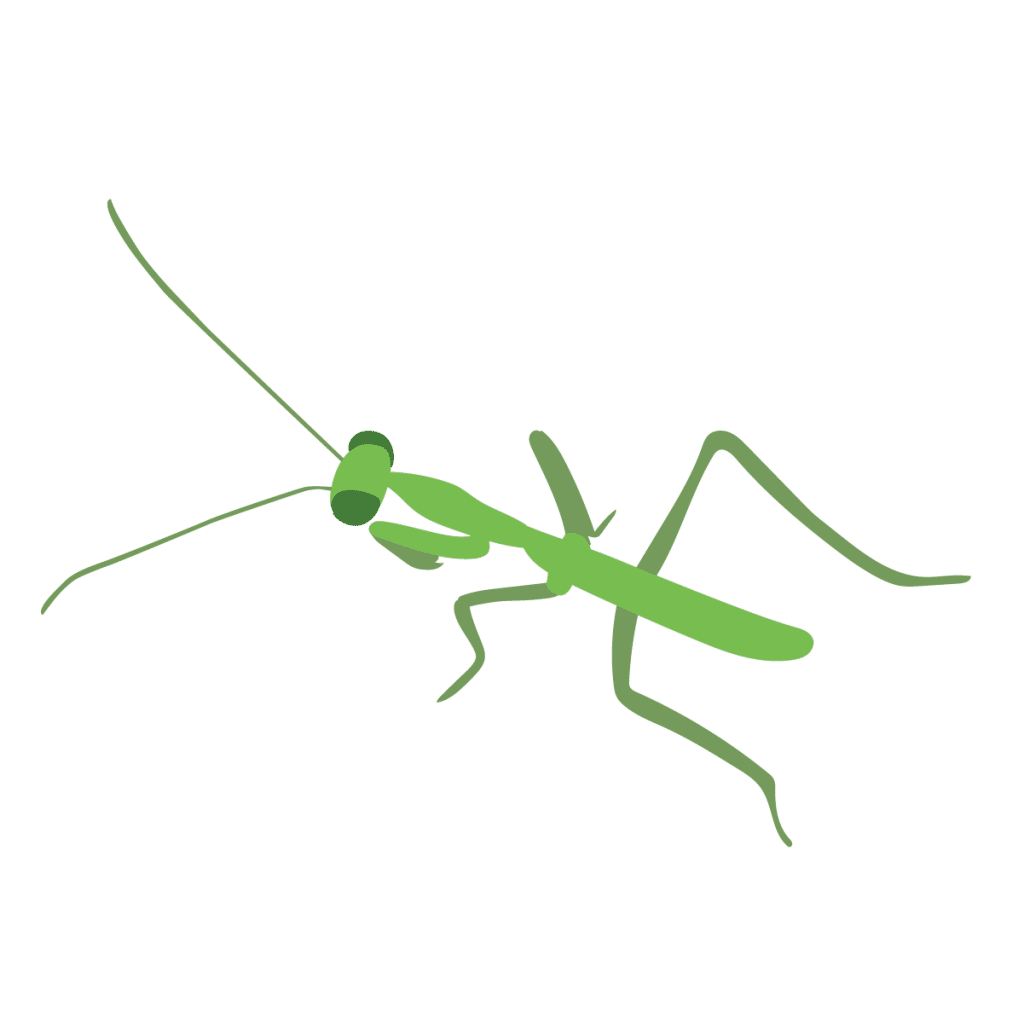
Cute bug #1: Praying mantis nymph
Praying mantis are interesting bugs. Their two front legs look like arms and function more similarly to people’s arms than their mid and hind legs, and even the way they stand is almost human-like. Adults typically have wings and feed on a variety of insects, including each other (yikes). Praying Mantis nymphs lack wings and are really tiny. To some people, (call us weird, but hey) praying mantis nymphs are super cute, which is no wonder why people like to keep mantids as pets! Just look at their big eyes and long antennae! <3
Praying mantis nymphs are excellent garden companions as they feed on fruit flies, aphids, crickets, and other small insects that are roughly their size or smaller. When food is scarce, these cute little guys will turn cannibalistic and eat their own siblings. Aww. Wait, hold up. Regardless, they are still pretty cute apart from their cannibalism, but at least they’re not parasitic like tachinid flies.
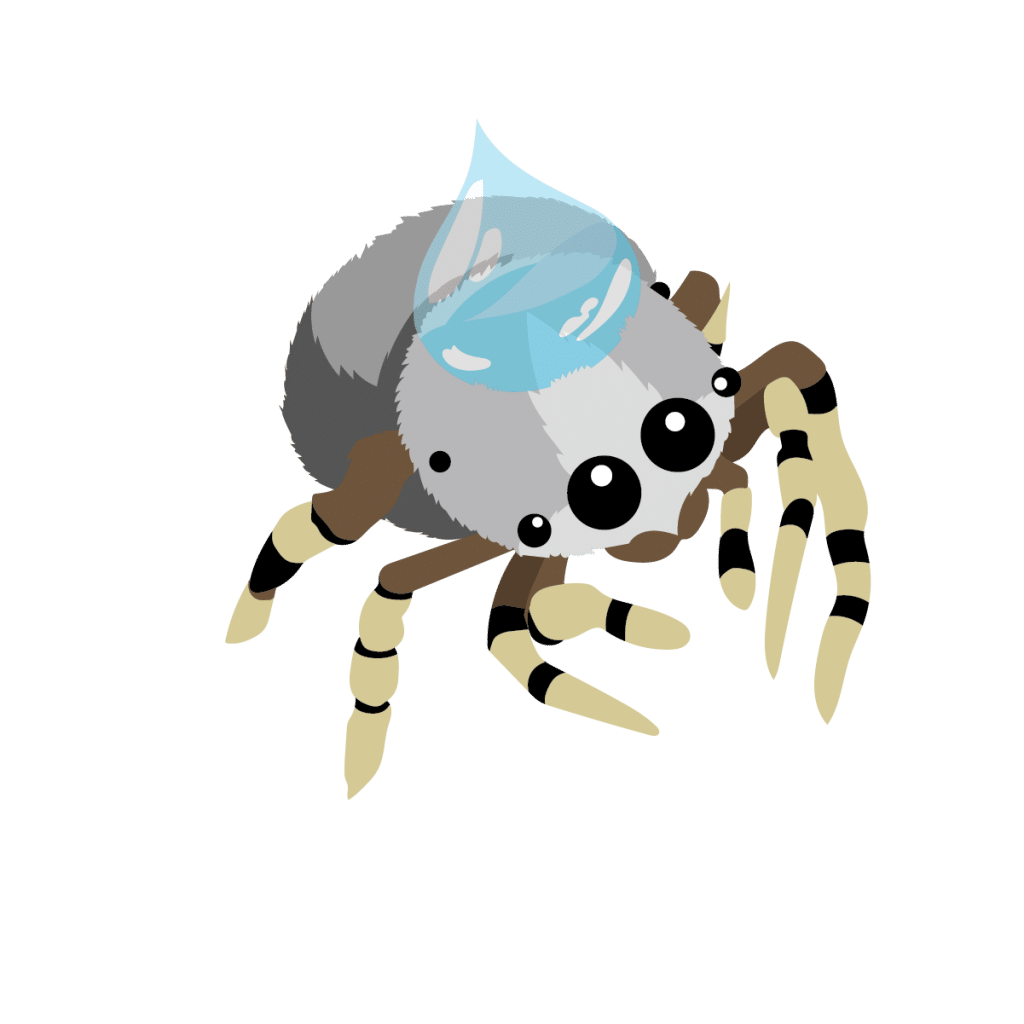
Cute Bug #2: Jumping Spider spiderling
Arachnophobia is a really common fear. For some people, even a picture of a spider sets off their fight or flight response. So, how could these creepy crawlies possibly be cute, you may ask? Well, just look at these baby jumping spiders, which are called spiderlings. Big eyes, stumpy legs, chubby butts, also very beneficial to your garden. These little arachnids keep insect populations under control and like to wear water droplets as hats. Aww! They’re so cute, you’ll completely forget about those tachinid fly maggots. Whoops. Sorry, mentioned them again. Hey, look at the water droplet on its head, like a hat! Wouldn’t it be nice to have one as a pet, like a lap cat, but a spider? A lap spider? Ehh… No, that’s going too far.
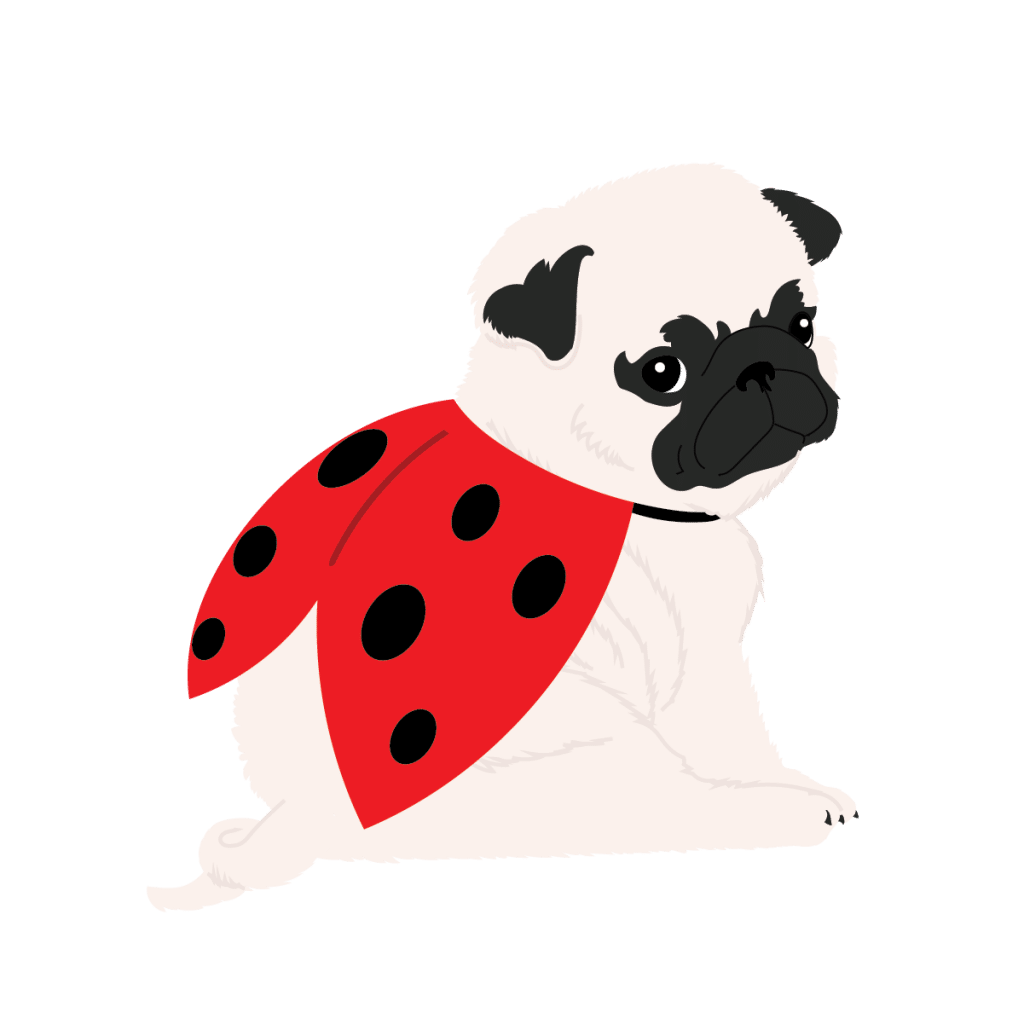
Cute Bug #3: Ladypug
Now this is a lot better than a lap-spider. The ladypug is a great companion for your garden and your home. Ladypugs are very beneficial and even provide their very own fertilizer if you forget to pick up after them. Who knows, they might even see a random bug and eat it before you can stop them!
Ladypugs require lots of pets, walks, and treats. Throw a ball, a stick, or let the ladypug roll in the grass, but make sure that wasn’t poop it rolled in! No, it was just a dead bird. Looks like it’s time for a bath.
Yes, we know. This is obviously not a bug, and is just a pug in a ladybug costume. We merely thought you could use some eye bleach, especially after all those ugly bugs. No, we will not mention those tachinid flies again. Whoops, just did again.
Tachinid fly maggots!

Sorry, couldn’t help ourselves.
Recent Posts
SAY HI
Don’t worry we don’t bite! If you have any questions or concerns please feel free to reach out to us.
Business inquiries Monday – Friday 8am – 4:30pm Pacific Time
15374 103A Ave., Surrey,BC, Canada V3R7A2
SUBSCRIBE TO OUR NEWSLETTER